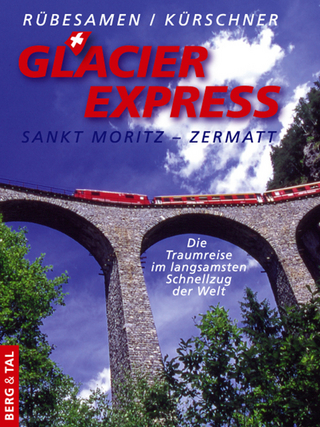
Milford Haven & Neyland Branches
Seiten
2022
Pen & Sword Transport (Verlag)
978-1-5267-9586-1 (ISBN)
Pen & Sword Transport (Verlag)
978-1-5267-9586-1 (ISBN)
Each main location is covered in detail Illustrating the working both in the steam and diesel age.
Part of the West Wales Railways series, this book starts at Clarbeston Road, covers the oil-rich town of Milford Haven, where oil refineries were opened mostly in the 1960s in association with the deep-water port, to accommodate super tankers from the Middle East, though the development of other products and pipelines in the oil world has seen the number of oil terminals there currently reduced to one at Robeston.
Neyland was the original West Wales terminus of the GWR, after plans to develop Fishguard were delayed until 1906, and saw several through Passenger and Parcels trains to Paddington until 1963, when through passenger trains between Paddington and West Wales were terminated at Swansea with a DMU service beyond. The Neyland branch from Johnston was closed under the Beeching cuts of 1964, involving the closure of the important Motive Power Depot whose allocation of County Class engines is well illustrated, though the effect of this was largely nullified by the arrival of the diesel age.
Part of the West Wales Railways series, this book starts at Clarbeston Road, covers the oil-rich town of Milford Haven, where oil refineries were opened mostly in the 1960s in association with the deep-water port, to accommodate super tankers from the Middle East, though the development of other products and pipelines in the oil world has seen the number of oil terminals there currently reduced to one at Robeston.
Neyland was the original West Wales terminus of the GWR, after plans to develop Fishguard were delayed until 1906, and saw several through Passenger and Parcels trains to Paddington until 1963, when through passenger trains between Paddington and West Wales were terminated at Swansea with a DMU service beyond. The Neyland branch from Johnston was closed under the Beeching cuts of 1964, involving the closure of the important Motive Power Depot whose allocation of County Class engines is well illustrated, though the effect of this was largely nullified by the arrival of the diesel age.
John Hodge is a retired railwayman, who started his working life on the Western Region in South Wales in 1961, later transferring to London Paddington and British Railways Board. He was brought up in Barry, a port town west of Cardiff, which has strong railway connections, once being an important port for coal traffic and later being famous for Woodham Brothers scrap yard, which held over 200 locomotives, that are now mostly preserved on heritage lines. John is a lifelong railway enthusiast and historian, with many railway histories published.
| Erscheinungsdatum | 10.08.2022 |
|---|---|
| Reihe/Serie | West Wales Railways |
| Zusatzinfo | 21 colour & 255 black and white illustrations & maps |
| Verlagsort | Barnsley |
| Sprache | englisch |
| Maße | 216 x 282 mm |
| Themenwelt | Natur / Technik ► Fahrzeuge / Flugzeuge / Schiffe ► Schienenfahrzeuge |
| ISBN-10 | 1-5267-9586-8 / 1526795868 |
| ISBN-13 | 978-1-5267-9586-1 / 9781526795861 |
| Zustand | Neuware |
| Haben Sie eine Frage zum Produkt? |
Mehr entdecken
aus dem Bereich
aus dem Bereich
St. Moritz – Zermatt : die Traumreise im langsamsten Schnellzug der …
Buch | Hardcover (2023)
Verlag Berg & Tal
14,95 €
Betriebsmaschinendienst, Einsatz bei den Bahnbetriebswerken und …
Buch | Hardcover (2024)
EK-Verlag
54,00 €
Buch | Hardcover (2023)
GeraMond (Verlag)
27,99 €


